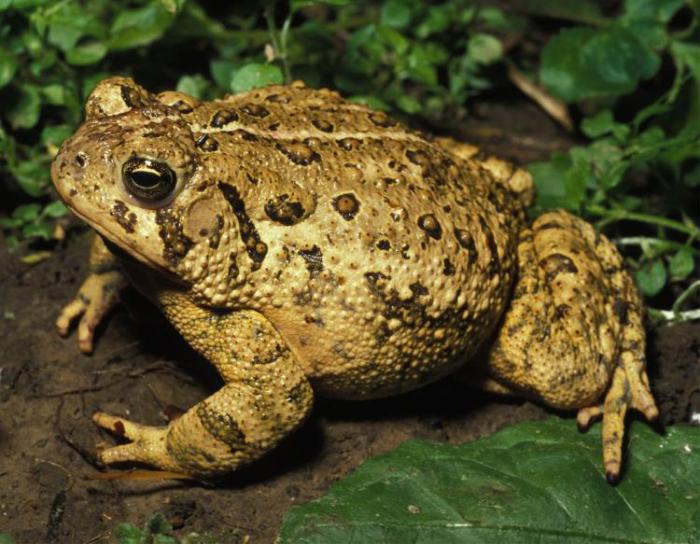|
Cherokee
Translator Sixkiller Lives Her
Language
A fluent Cherokee speaker and longtime translator, Anna Sixkiller
has become a caretaker for the language she holds dear.
"That is my language. It's my first language," said Sixkiller, a Cherokee
National Treasure since 1991. "It's what I work with every day. I really
think about a lot of things when I translate something – who's going
to be looking at it and how they're going to look at it, how they're going
to feel, what they're going to say. I want to put the right words in there
so they can understand."
For more than two decades, Sixkiller, 75,
of Kansas, Oklahoma, has helped translate the language for the Cherokee
Nation and its immersion school, museums, universities, libraries, hospitals,
the Cherokee Phoenix and even large tech empires such as Microsoft. |
|
First
Lady Jill Lady Biden Spent Her Last Day Of Her Visit To The Navajo Nation
Among School Children And Frontline Health Care Workers
First Lady Jill Biden on Friday spent her last day of a two-day
visit to the Navajo Nation visiting with students, educators, parents
and frontline health care workers.
On Friday morning, Biden joined Navajo Nation President Jonathan
Nez and First Lady Phefelia Nez for a visit to Hunters Point Boarding
School where they met with Navajo students, parents, and educators to
discuss their personal challenges and success stories during the ongoing
COVID-19 pandemic.
|






